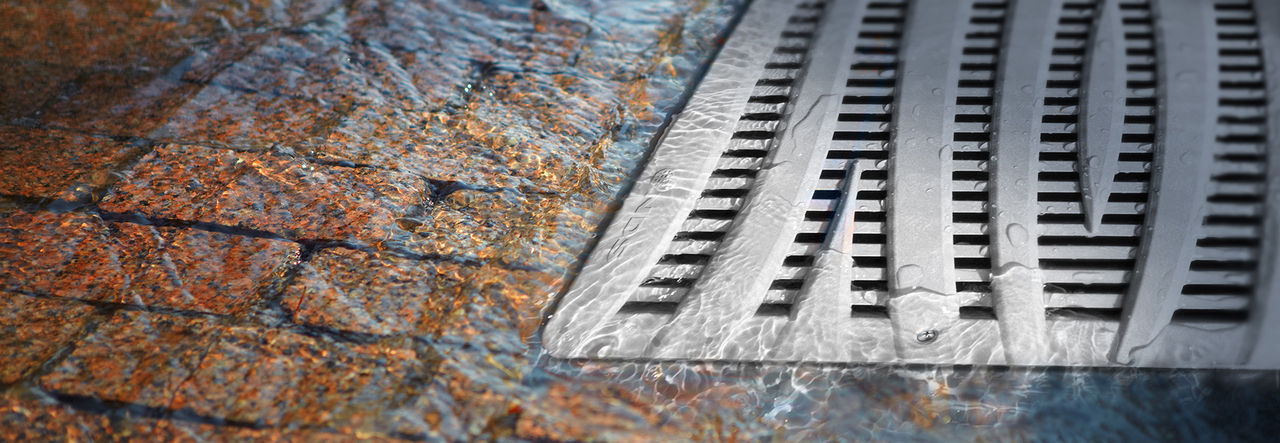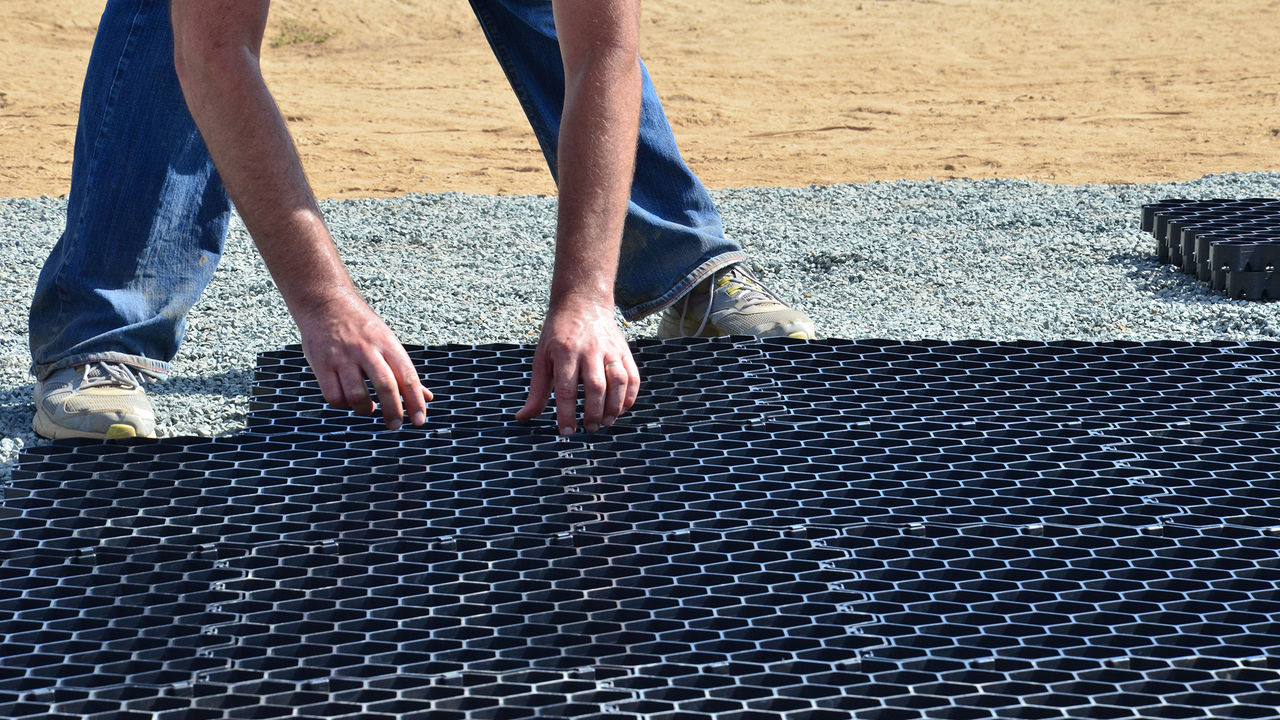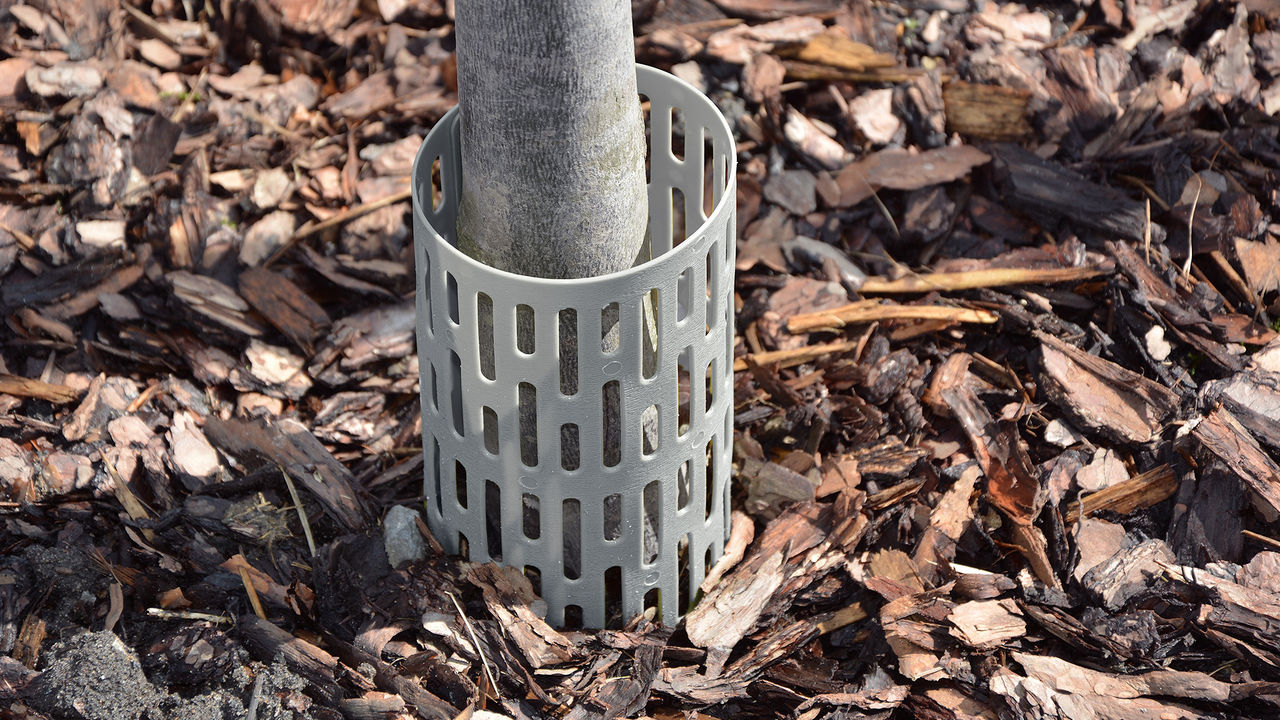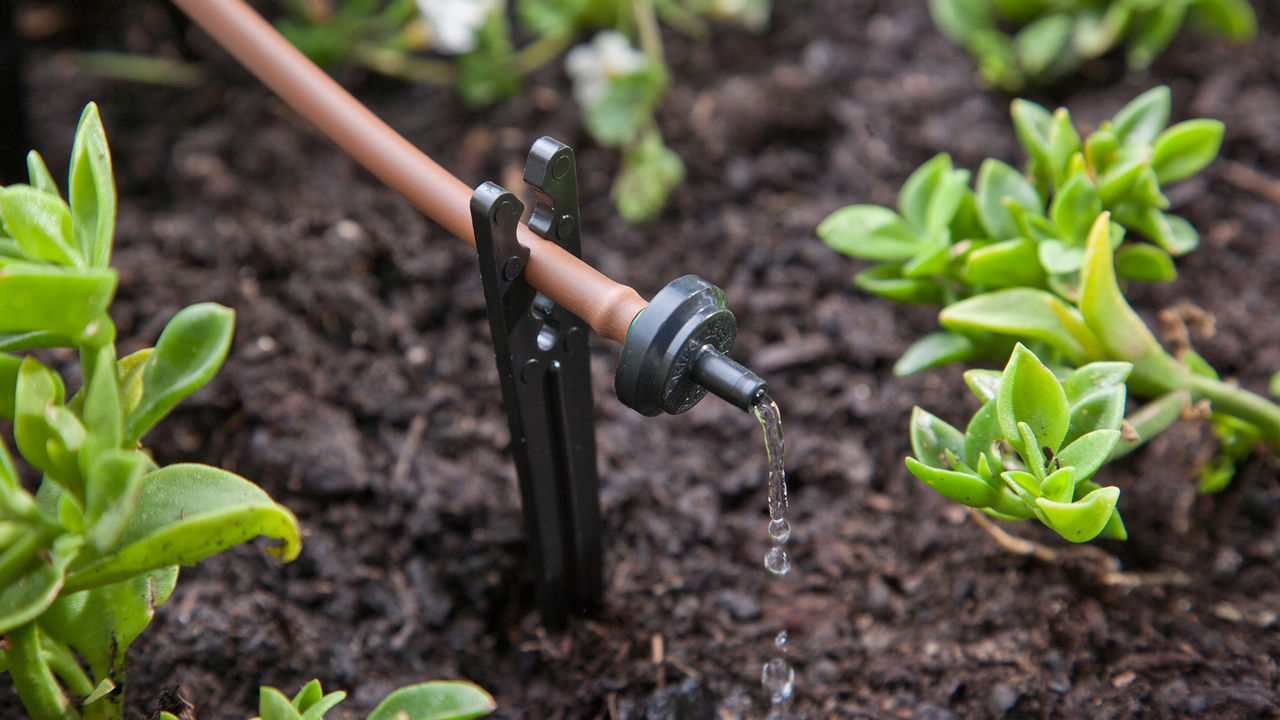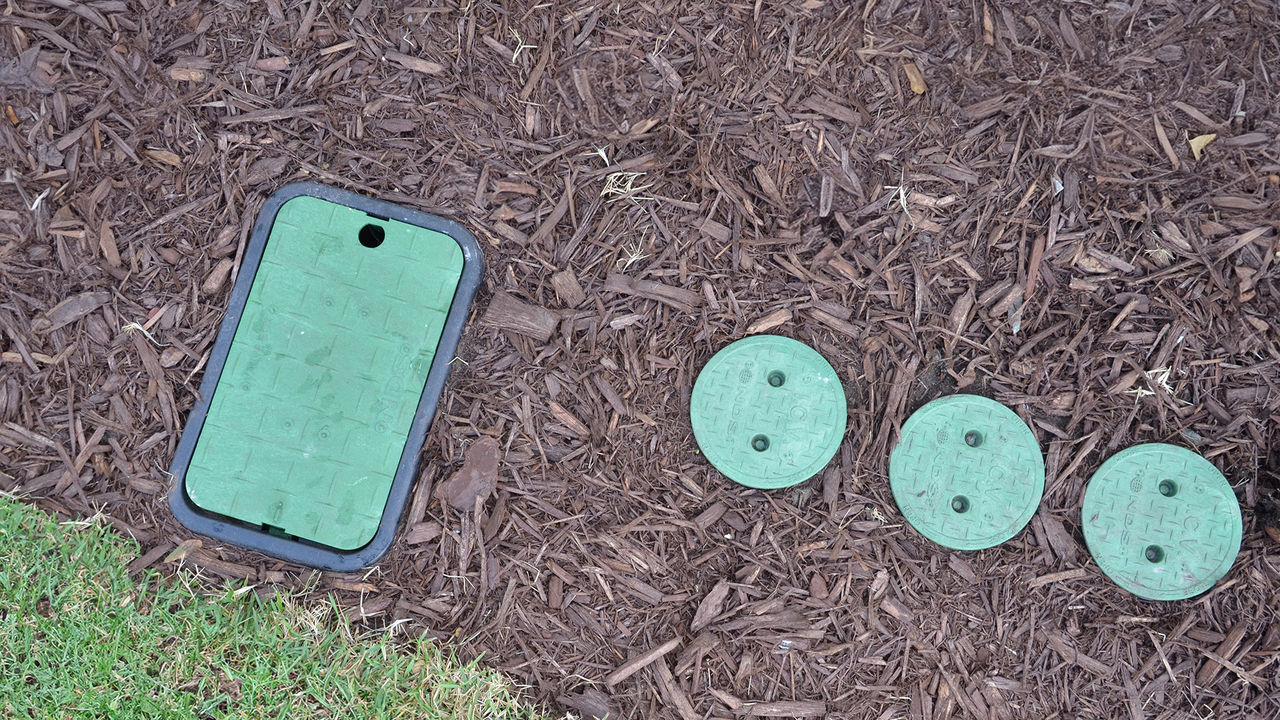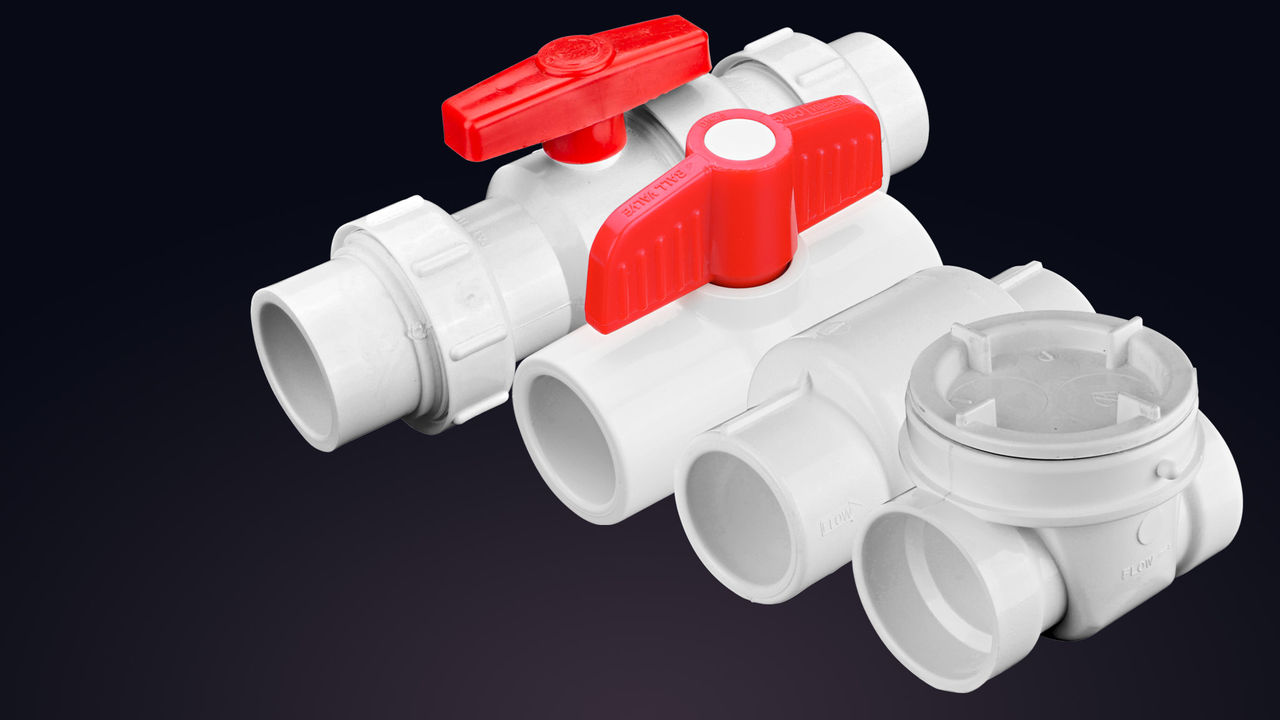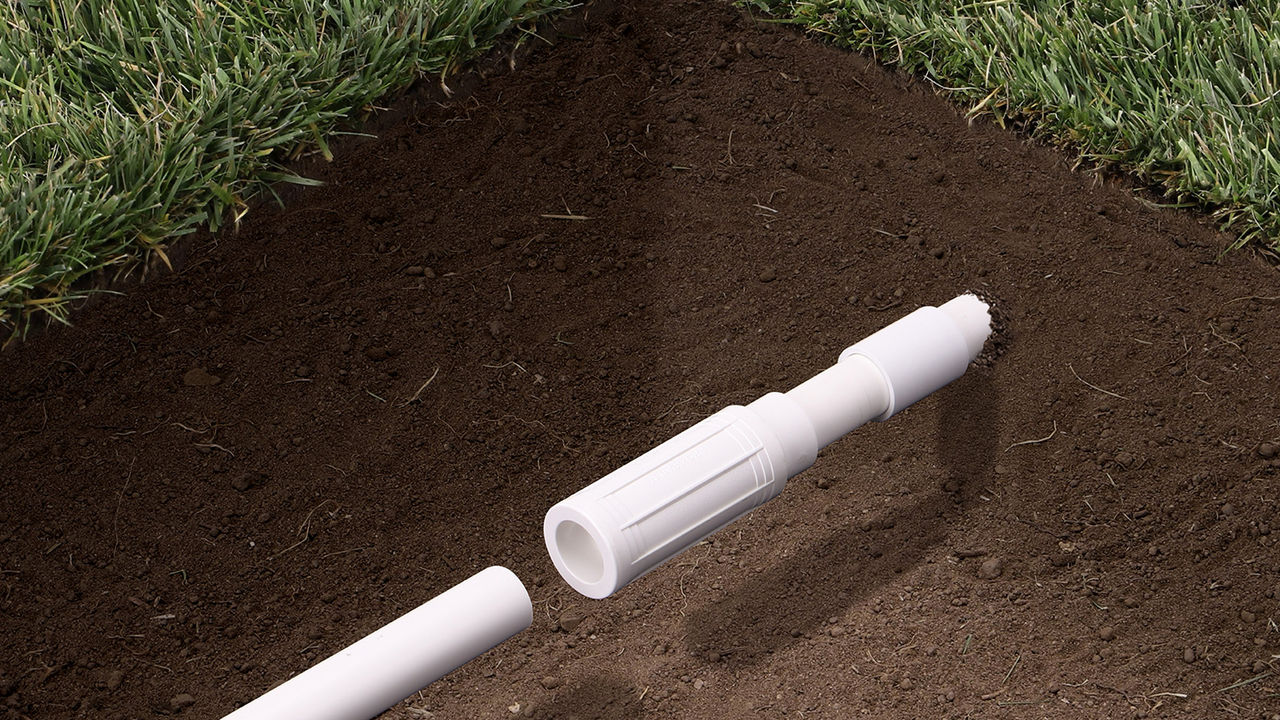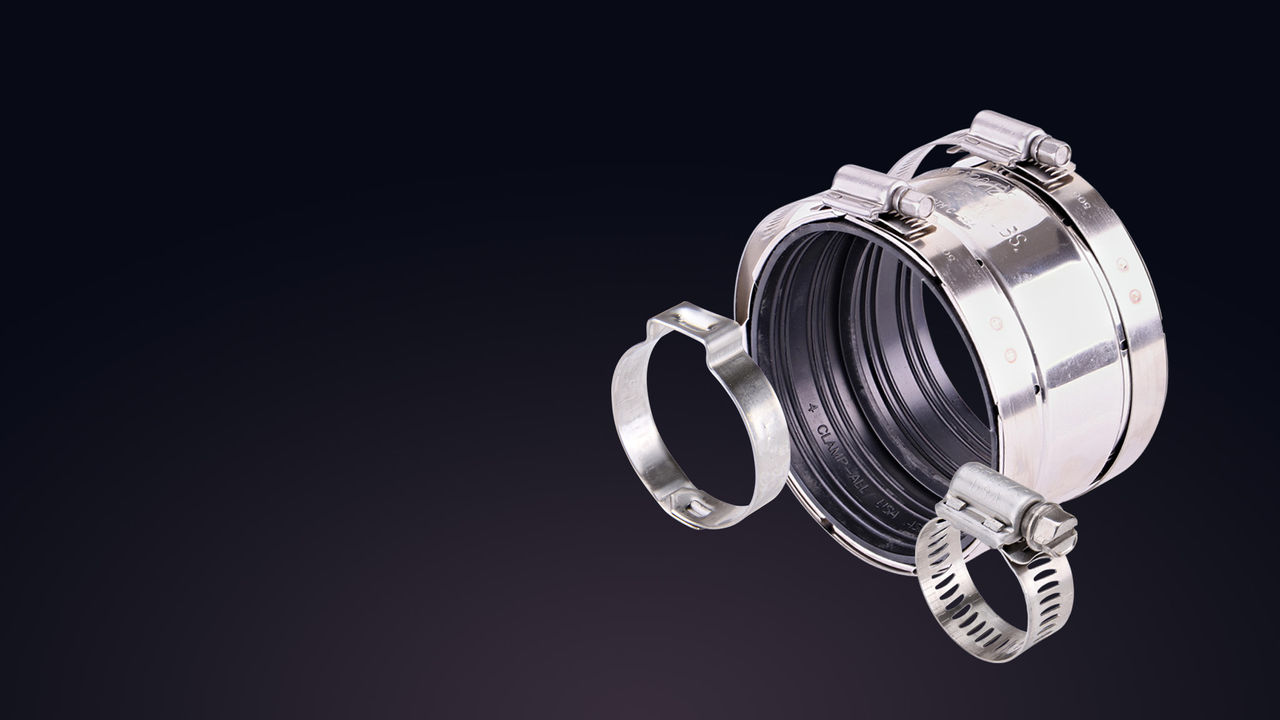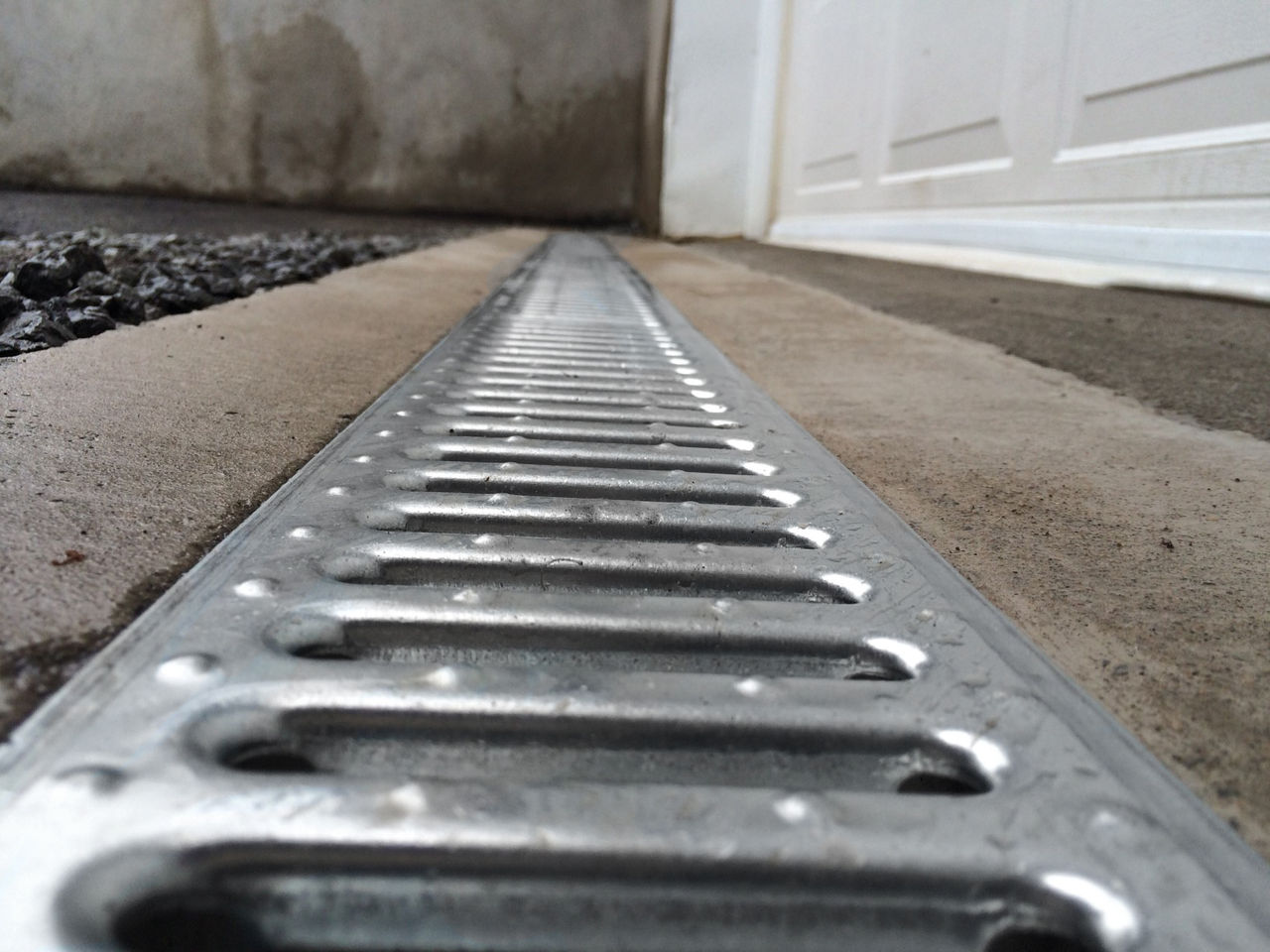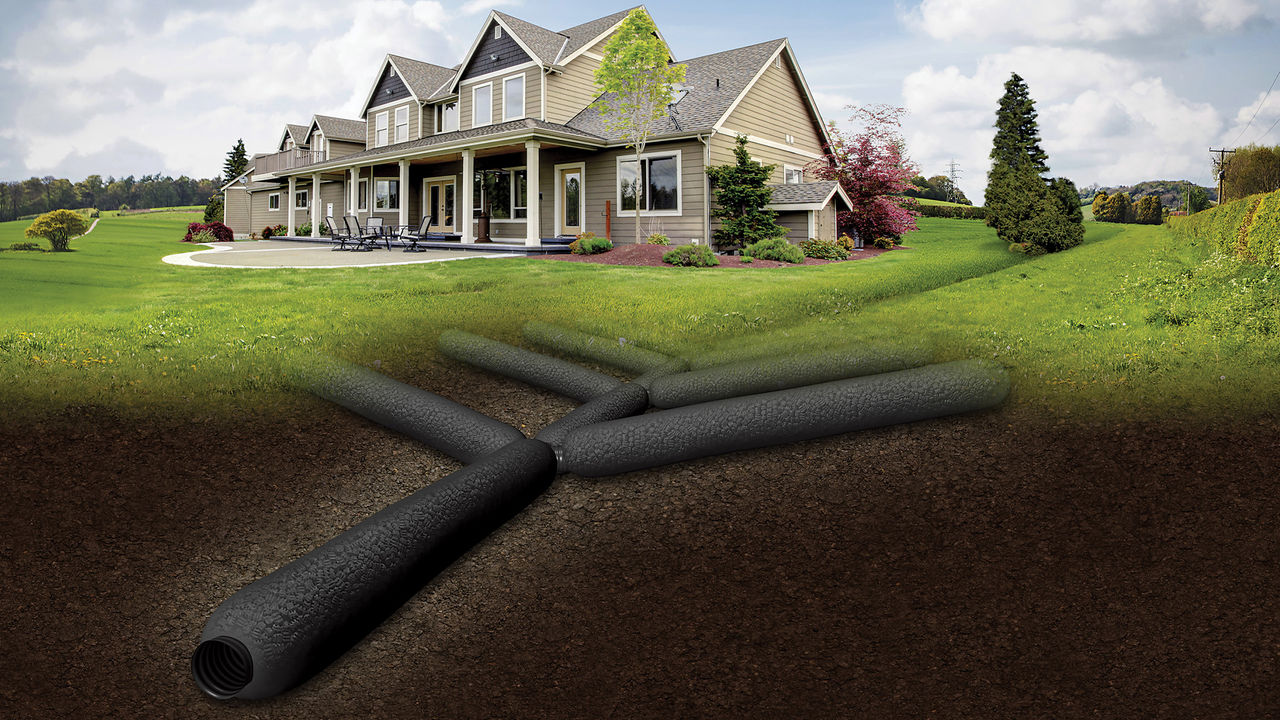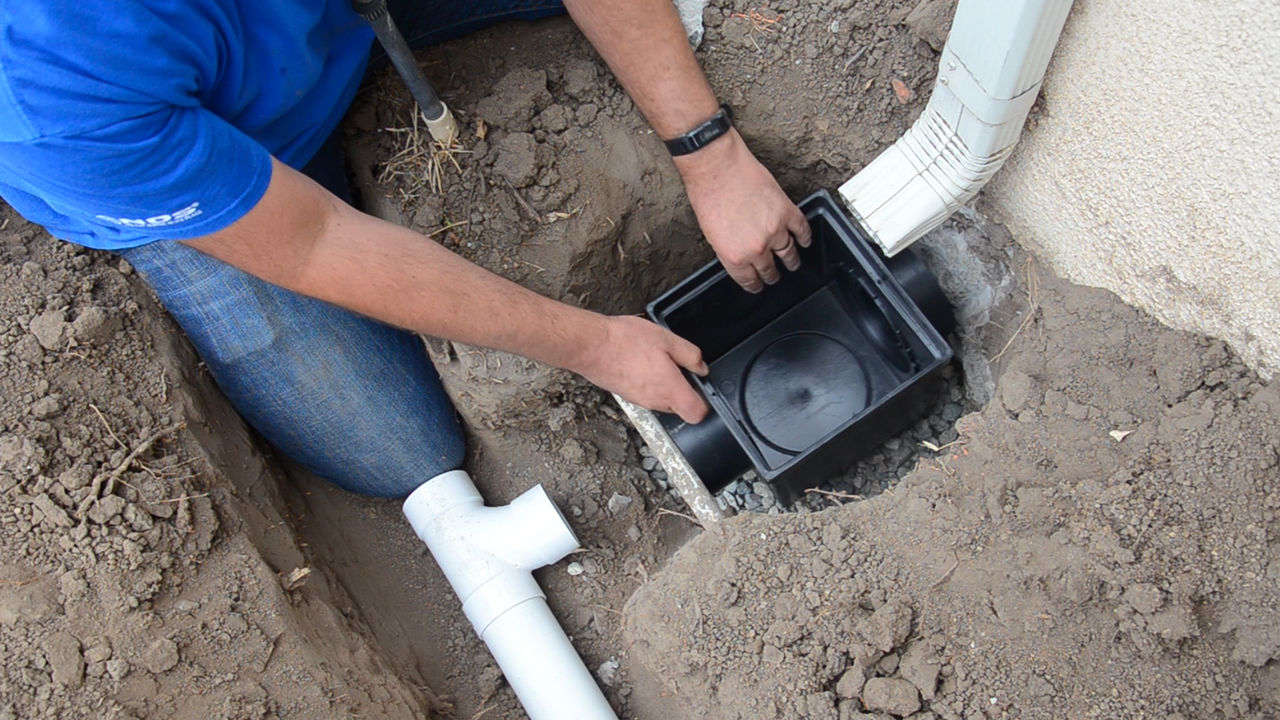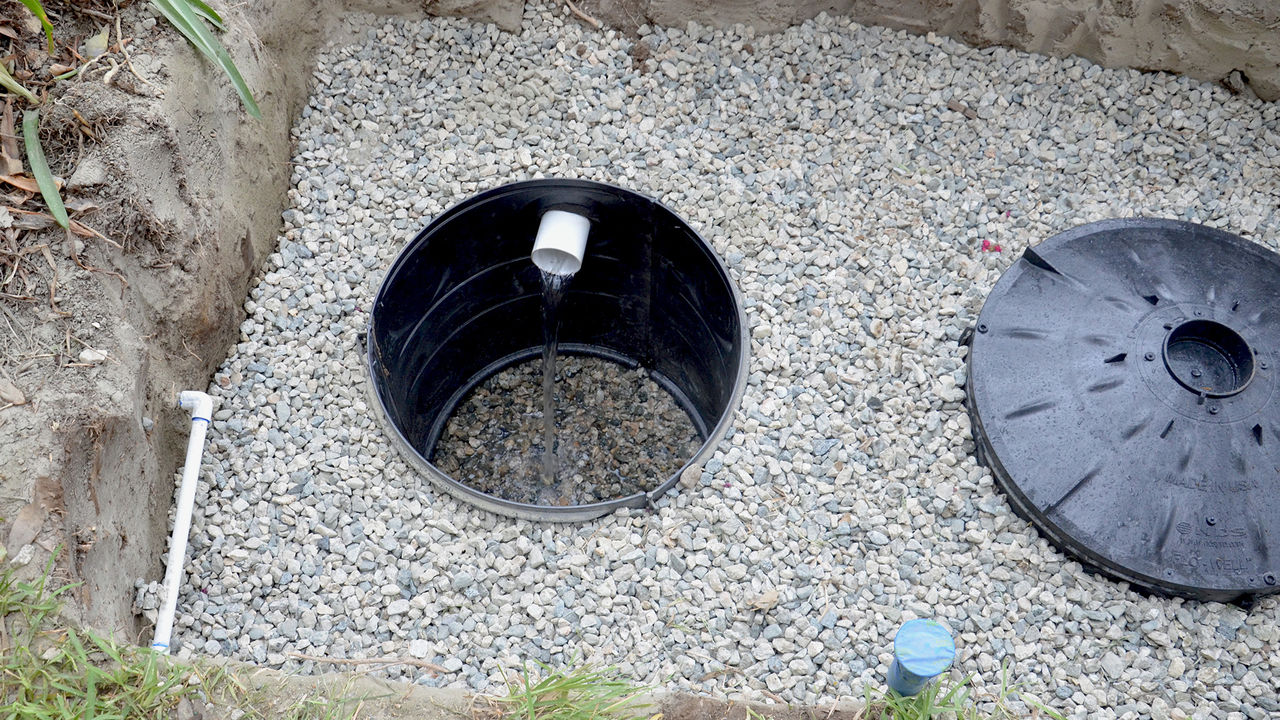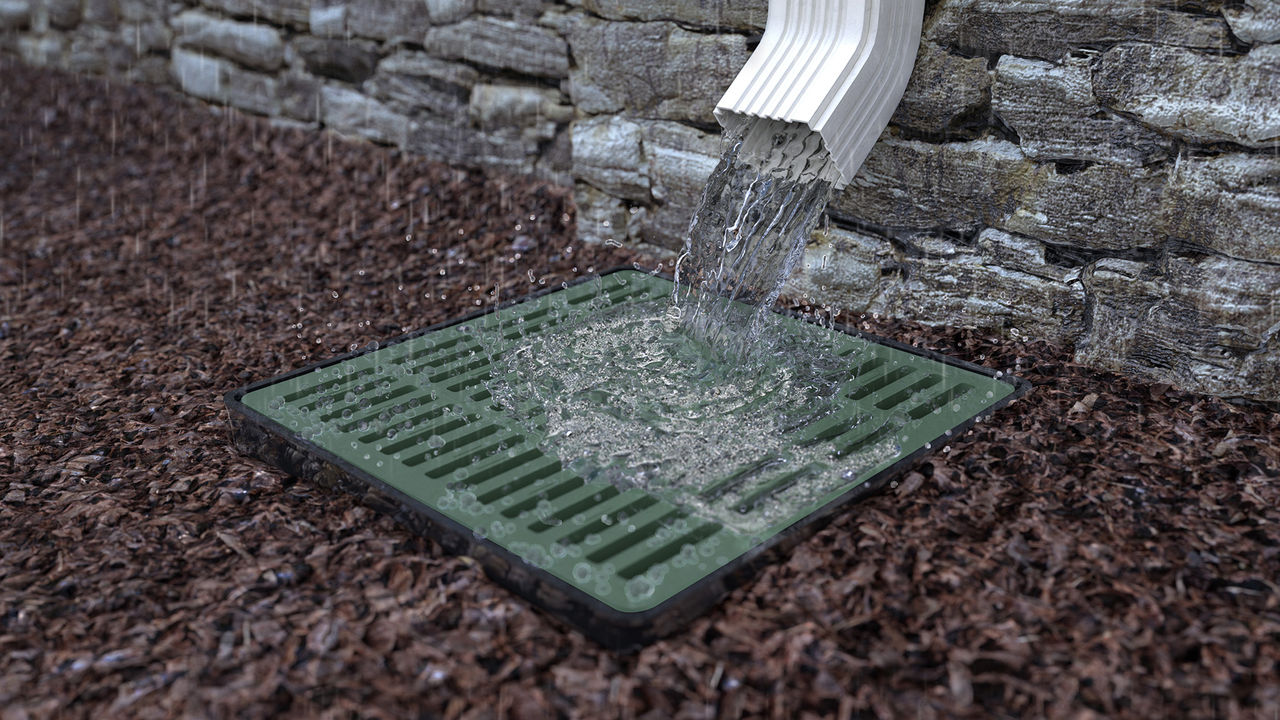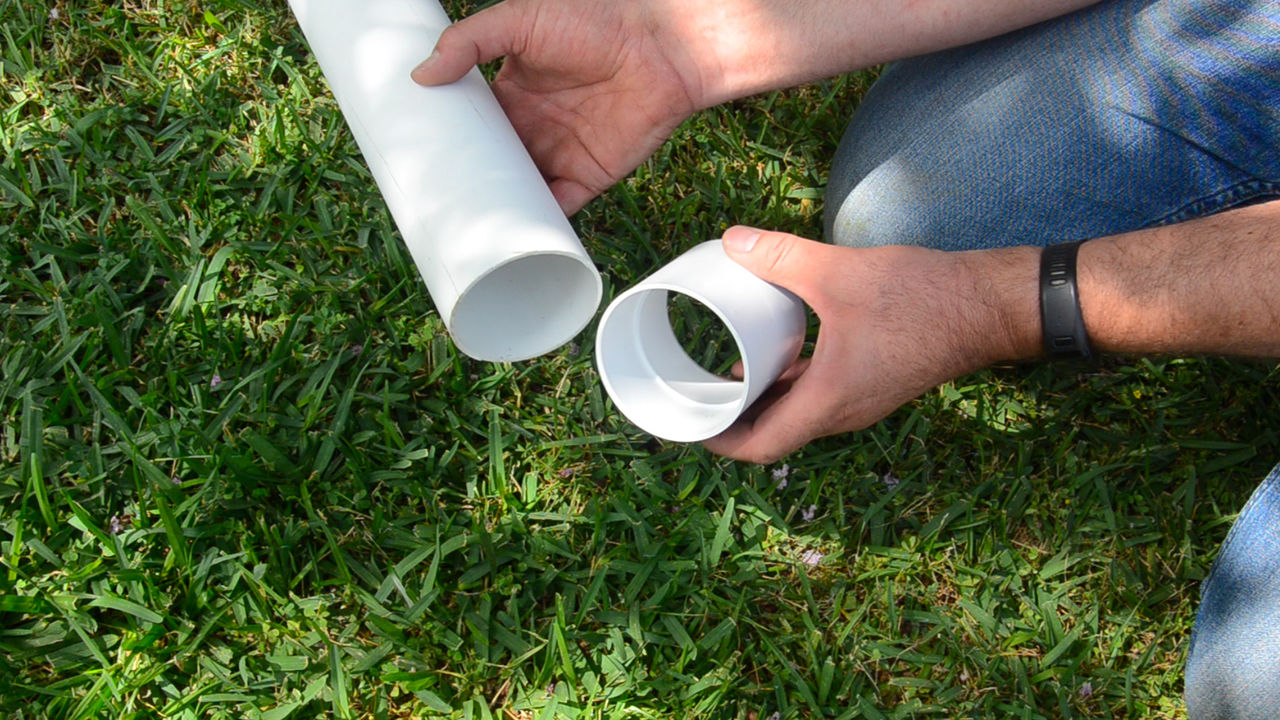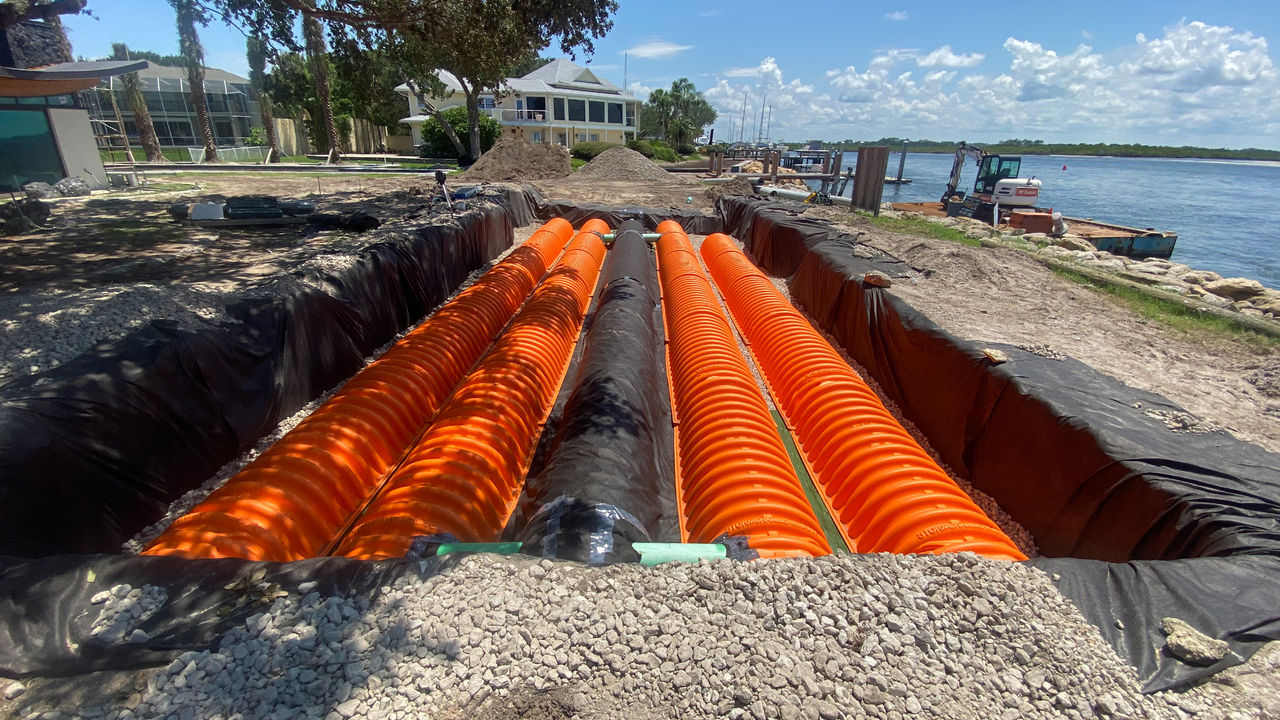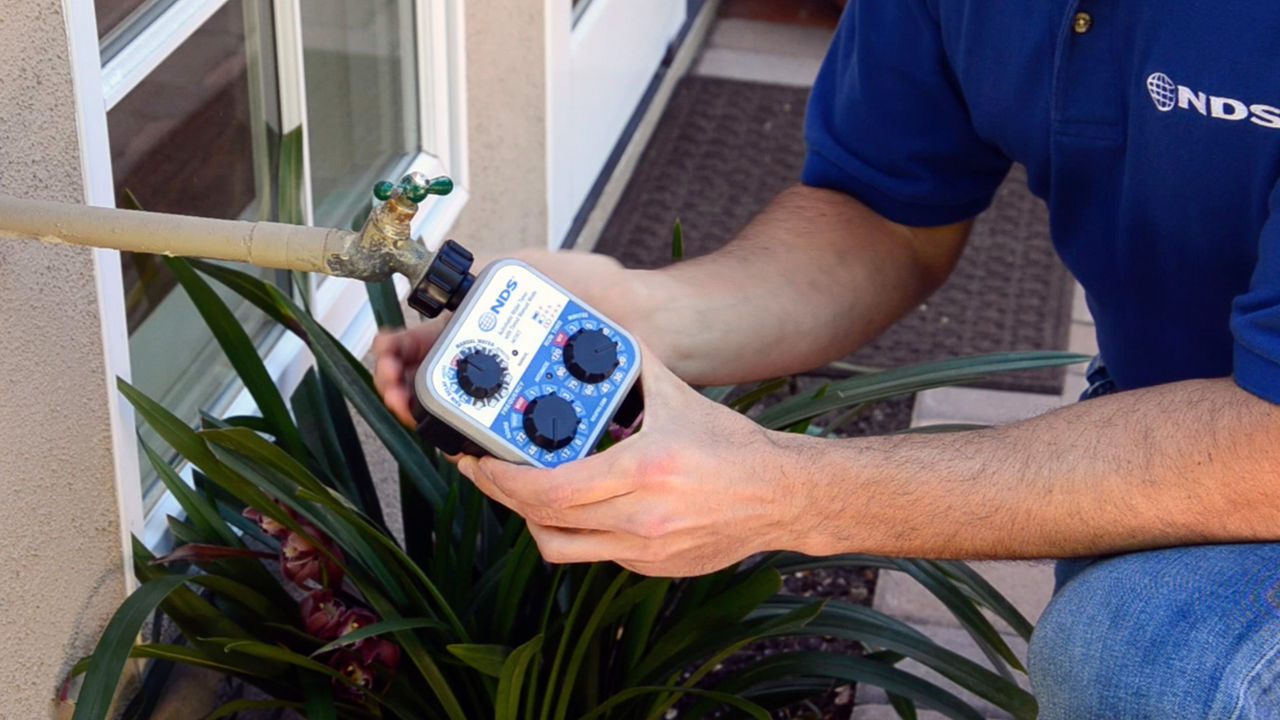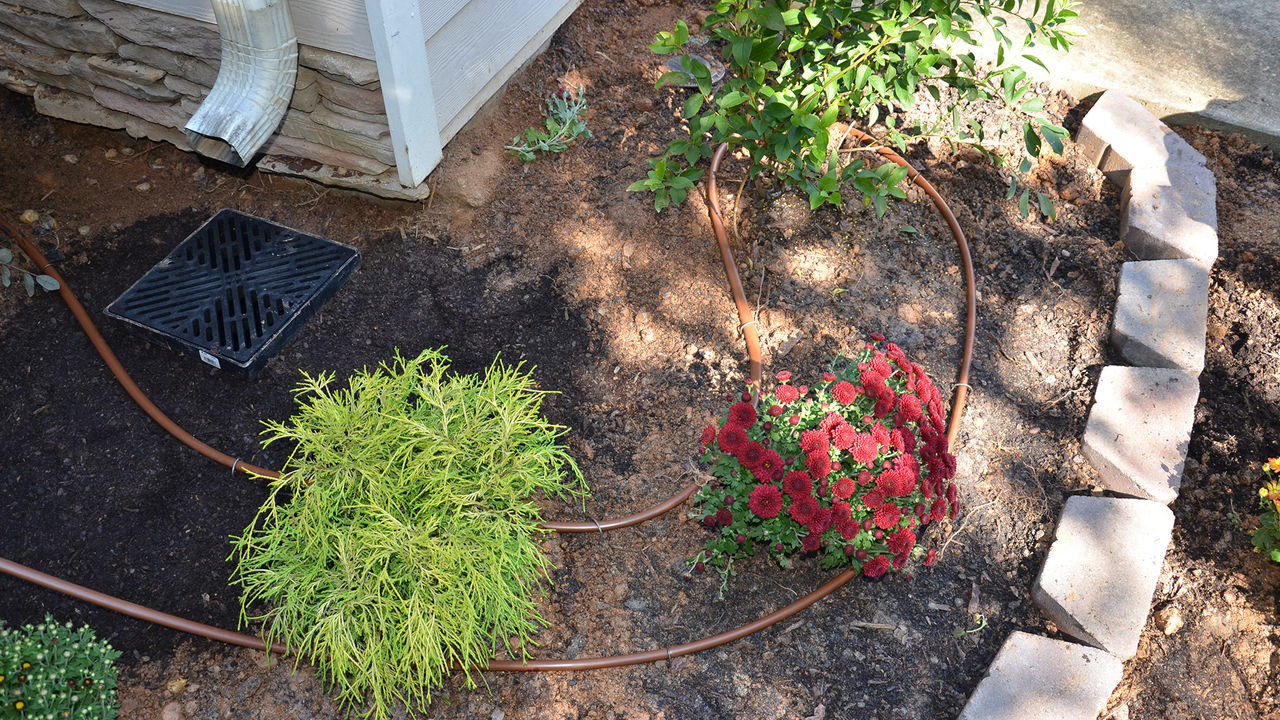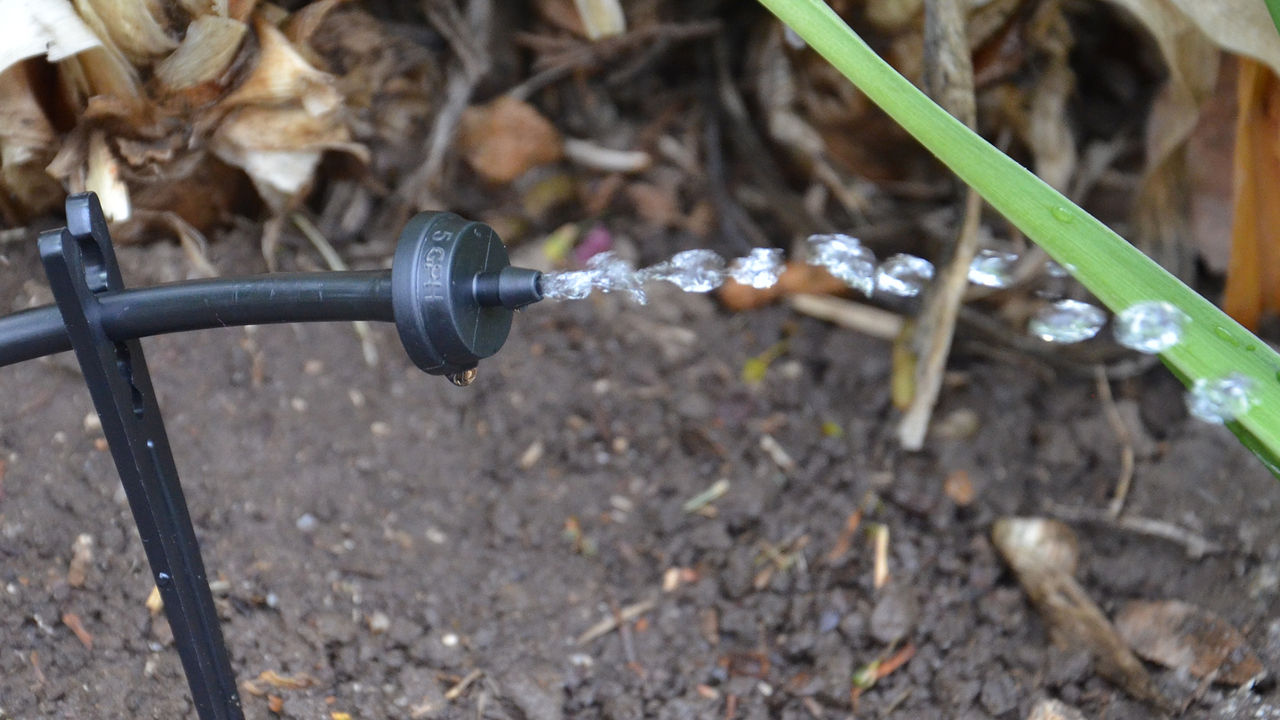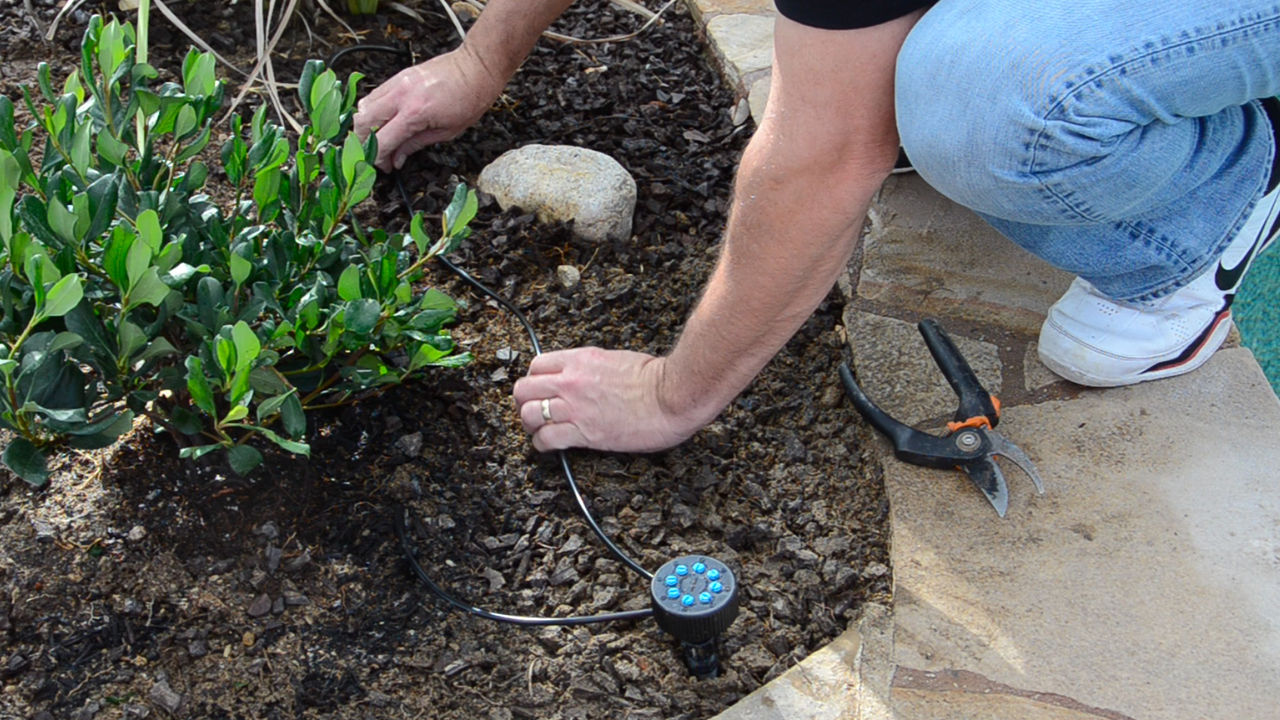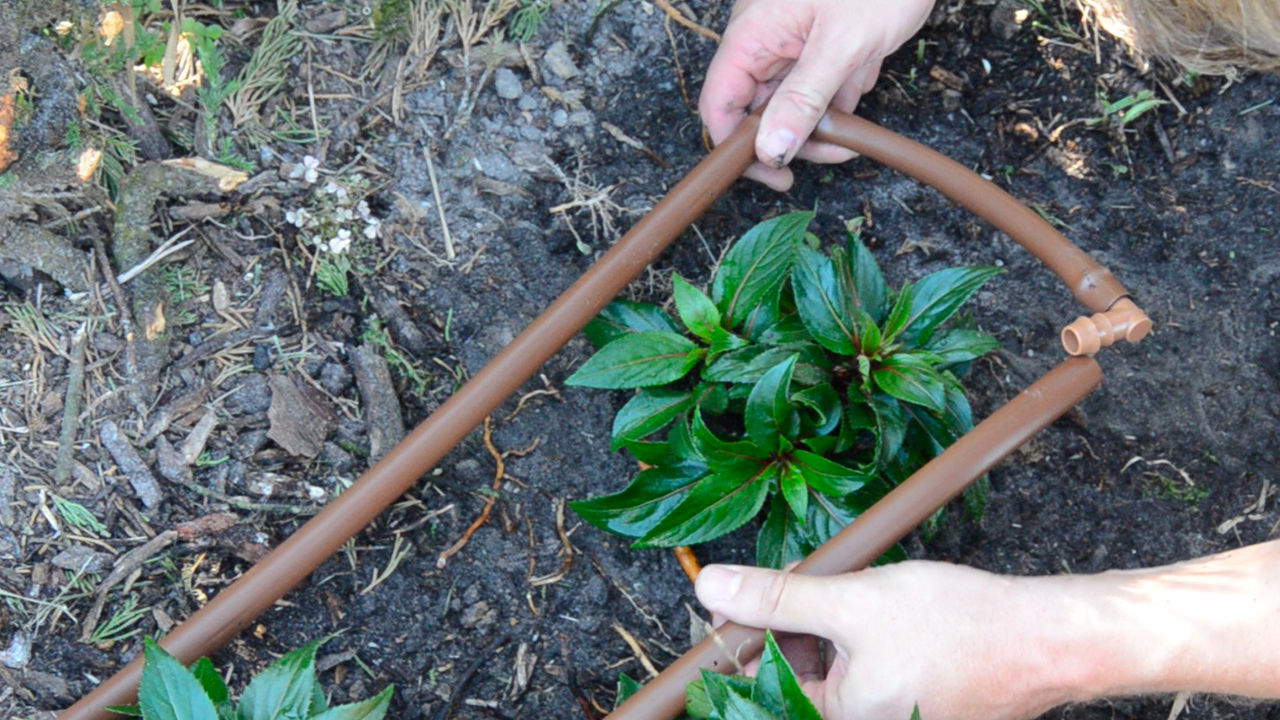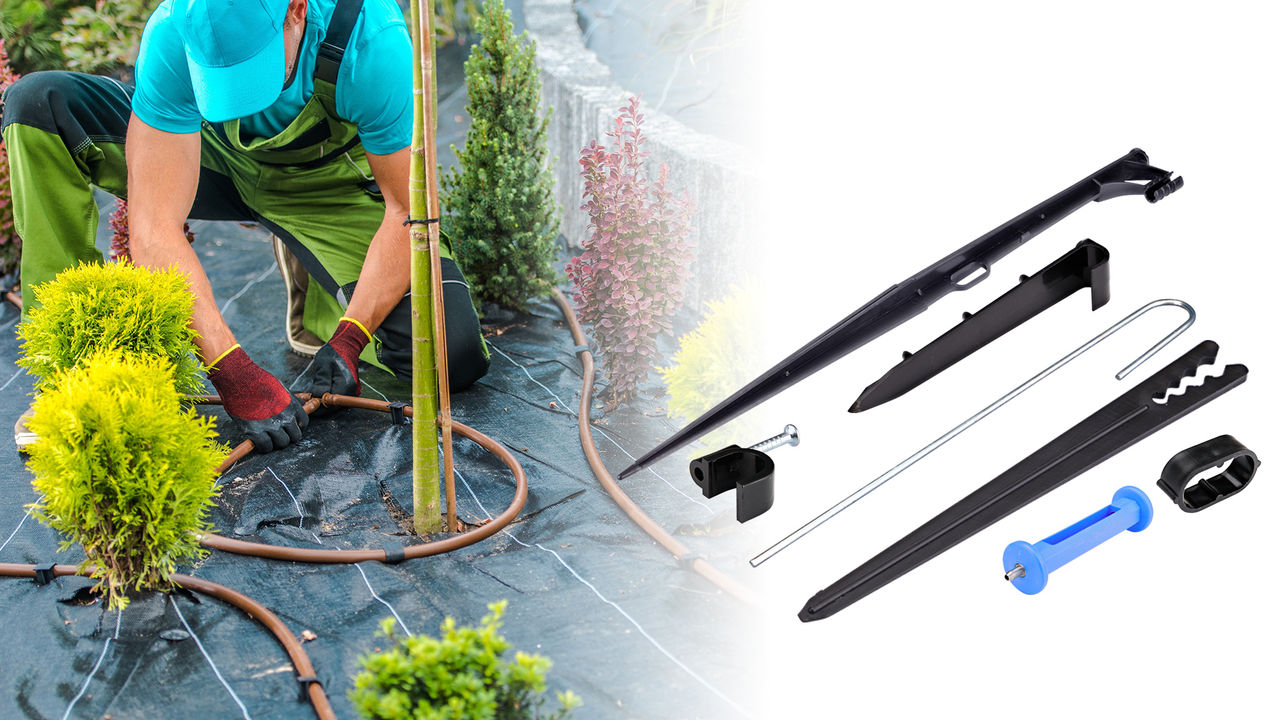By NORMA Group
Troubleshooting Tips for Lawn and Landscape Drainage

You’ve already taken a huge step toward protecting your property by having a proper drainage system in place. With routine inspections and ongoing maintenance, you can preserve your drainage investment and keep your system functioning effectively for years to come. Take a look at our collection of best practices for proper care and maintenance of lawn and landscape drainage to help you get the most out of your system performance.
Drain Grates
Drain grates are the first line of defense against pipe-clogging debris and are available in a variety of models to fit drain pipes, low-profile adapters, catch basins, and catch basin risers.
- Atrium grates work best in mulched landscape beds, natural areas, and window wells. The domed design rises above the surface of the ground to block leaves, mulch, and other debris near the base of the grate while allowing stormwater to drain through the top.
- Flat grates are ideal for lawns and landscapes to prevent tripping and in the case of lawns, interference with lawnmowers.
Area Drains & Catch Basins
Area drains and catch basins capture directional drainage in low points in the lawn and landscape. They should be inspected regularly, especially before and after significant rain events to ensure the system is managing the amount of stormwater.
- Check the inlet grate and clear debris from grate openings.
- Remove grate to inspect inside the drain pipe or catch basin.
- Check the catch basin sump area where debris from stormwater flow can settle, and remove collected debris at least twice a year or more frequently if runoff carries a lot of debris.
- Remove and shake out the catch basin filter (if used with the catch basin) and wash the filter with a hose it if appears clogged with silt or clay.
- Check the drain pipes beneath the grate or outletting from the catch basin. (If you have trouble being able to see due to the angle of piping, try using a cellphone camera to take a peek.)
- Remove any debris from the piping with a plumbing snake.
Pop-Up Drain Emitters
Pop-up emitters work at the low point of the drainage system to discharge water collected from upstream with a component such as a catch basin, channel drain, or subsurface foundation drain. A clogged pop-up emitter can back up the drainage system.
- Check surrounding area to make sure growth of turf grass is not preventing it from popping up properly; if so, cut and remove the turf mat away from the base flange.
- Remove the pop-up cover and clear any debris that can clog the cover.
- Check the drain pipe underneath the emitter and remove any debris from the piping with a plumbing snake.

Dry Wells
Dry wells provide temporary detention and infiltration of collected stormwater runoff. Engineered dry wells such as the NDS® Flo-Well® dry well should be installed with a surface inlet or pop-up emitter connected to the top opening.
- Remove the grate or pop-up emitter cover to inspect the dry well interior.
- Use a wet/dry vacuum cleaner such as a ShopVac® vac with hose extension to remove accumulated debris from the bottom of the dry well.
- For more significant clogs, remove the Flo-Well cover to access the debris.
Whether you keep a calendar or have a reminder on your phone, it’s always a good practice to check the drainage system regularly, and anticipate an additional inspection before and after a rain event to ensure the water will be able to or is draining smoothly.
